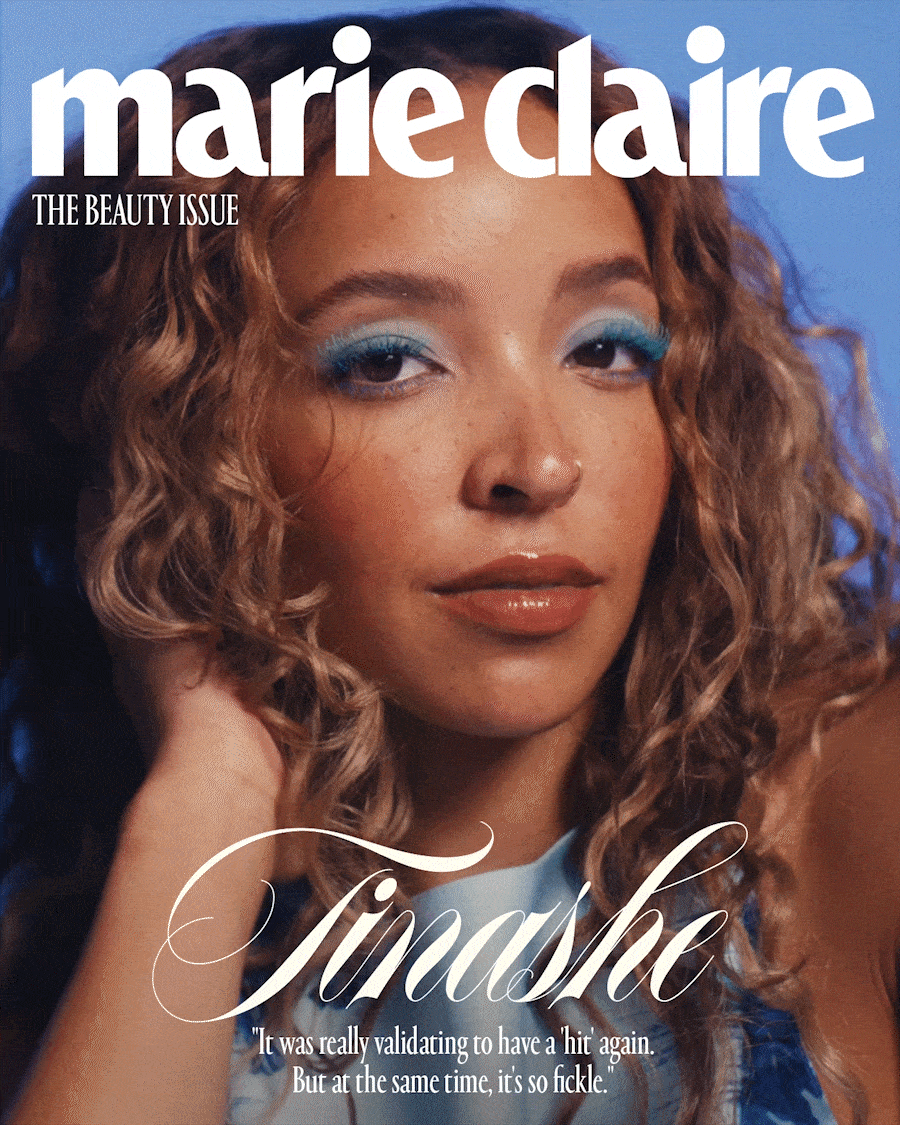When Did the Hottest Wellness Club Become My Dentist's Office?
Teeth cleanings now include smoothies, sauna sessions, and longevity consultations.
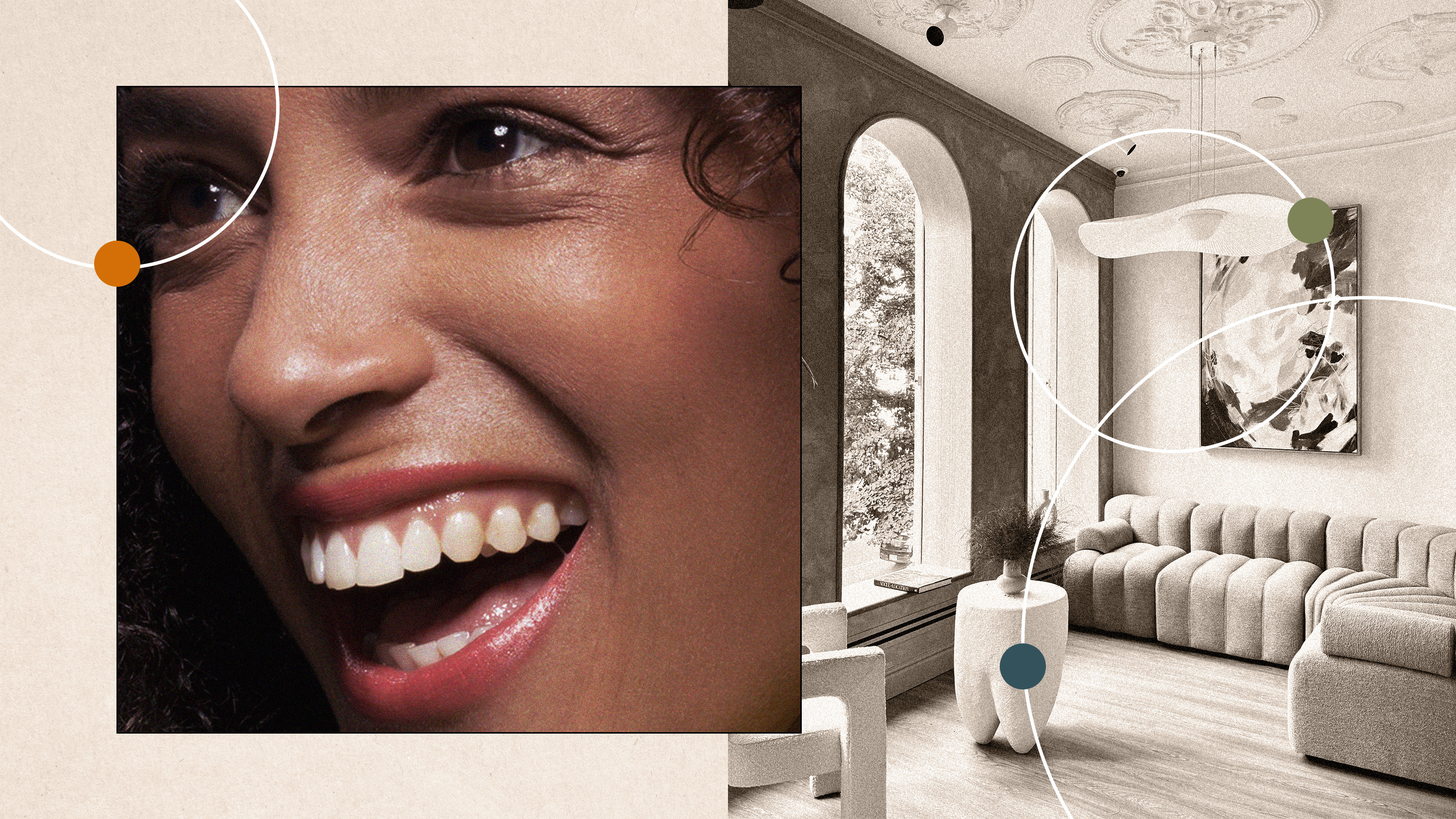
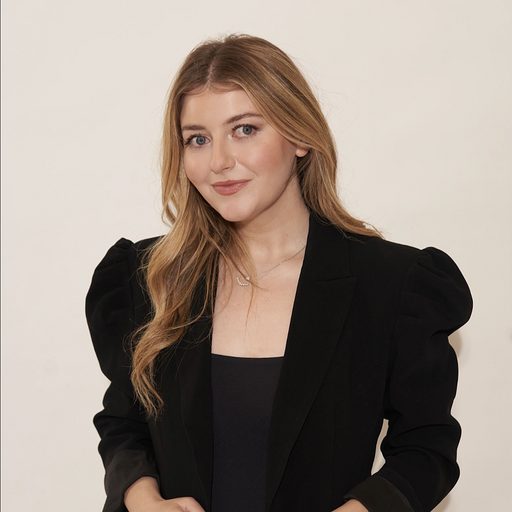
Once upon a time, you couldn’t pay me to go to the dentist—and at 10 years old, $50 was pretty enticing. The office smelled sterile, metal rattling around in my mouth was the definition of unpleasant, and the flavored mint chocolate fluoride did nothing to *spark joy* during the hour-long appointment. Little did I know that a few decades later, oral care would become one of the most glamorous parts of my self-care routine.
Cut to 2025, and I’d get my teeth cleaned once a month if it wouldn’t utterly destroy my enamel. My dentist’s office—like many popping up nationwide—can be mistaken for a private wellness destination. The “living room” (we don’t say lobby anymore) has a green velvet couch sourced from Paris, a sauna en-suite, essential oils pumping through the vents, and a hand-delivered organic smoothie service. The practice works with functional medicine doctors, offers nutritionist consults, and has a stocked retail section with chemical-free, non-toxic dental care products from brands like Marvins and Arrae.
Call it a revolution, a reckoning, or a renaissance, but the regular old dentist office is officially a thing of the past. In its place are feel-good hubs that seemingly function as an It-girl destination to better your aesthetic appearance, breathing habits, and diet—like Alo Gym or Bathhouse, but for your mouth. “My goal is always to make it so that when people walk in, instead of saying, Ugh, I’m here, they say, Wow, I’m here,” says Daniel Rubinshtein, DDS, whose Brooklyn-based family practice, Bensunhurst Dental, boasts dozens of VIP clients, including Jermaine Dupri and Cam Thomas.
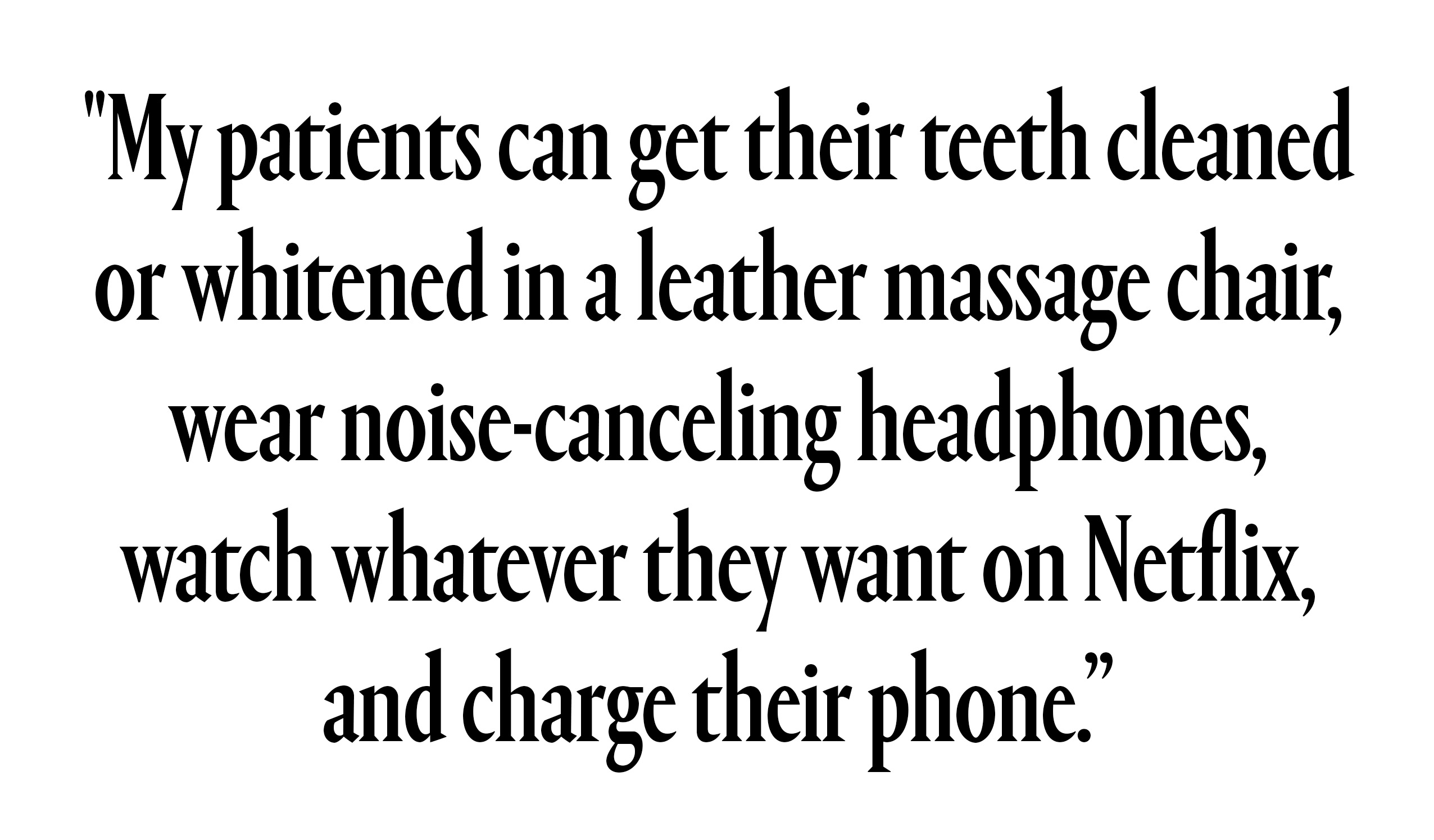
The call to merge the wellness and dentistry industries is rooted in business logic. The U.S. wellness market, valued at 1.8 trillion, is the biggest in the world. And while so many areas of our health have been funneled into the more glamorous "wellness" space, oral care traditionally has not. The opportunity was there. And let's face it, the dentist's office was in dire need of a rebrand.
Simply put: People hate the dentist. In fact, an estimated 80 percent of Americans have some form for dental anxiety, with nine to 15 percent avoiding the dentist entirely due to fear. That’s not ideal for the health of your teeth and gums. But trade the speckled blue vinyl floor for stylish lime wash and Parisian molding and sub the “How to Brush Your Teeth” diagram for a custom-made Elizabeth Sutton work of art and you have a dentist's office that feels comparable to a wellness oasis, rather than a routine (and rather boring) checkup.
“There was a time when the patient comfort experience during a dental cleaning was handing them a Discman and a Dave Matthew Band CD. It’s actually pretty funny,” says Jaskaren Randhawa, DMD, MPH, who opened SAMA Oral Health in Flatiron, New York City in early 2024. “Now, my patients can get their teeth cleaned or whitened in a Brazilian leather massage chair, wear noise-canceling headphones, watch whatever they want on Netflix, and charge their phone.”
Her office—which was designed by Ringo Studio, the same company behind brick-and-mortar Glossiers, Sephoras, and Venus et Fleurs—provides a “comfort menu” like I’ve never seen before. The second I sit down in my treatment room, I have the luxury of selecting a diffuser of my choosing, under-eye patches, a lip balm, and my preferred pillow density. One office in Manhattan and Los Angeles, Apa Aesthetic, even offers a CBD menu complete with gummies and tinctures to encourage relaxation during dental work. It’s not just highly trafficked big cities leading the way; even my small dentist’s office in Allentown, Pennsylvania, redecorated at the end of 2022, has modern decor and lymphatic drainage chairs in the waiting room.
Stay In The Know
Get exclusive access to fashion and beauty trends, hot-off-the-press celebrity news, and more.
Curating a calm experience extends to how new-age dentists communicate with their patients. Rather than calling automated messaging systems or sterile online booking, I find myself texting with my incredible “dental concierge” Angie at Bensunhurst for an appointment or to answer a quick question. Turnaround appointments for emergency dental work, which historically require a call to an emergency dentist or a multi-hour wait in an ER, are made easier thanks to membership-based packages like Sama’s, which costs $595 a year.
The goal: calming energy and ease of experience should surround the patient, from the second they schedule to the moment they leave. The wellness aura isn’t just what you’ll see—it’s what you’ll get.
A plastic toothbrush with too-rough bristles and a mini mouthwash have long been the status quo goody bag as you leave your dental appointment. As TikTok would say, they’re “un-sexy” products. But the new crop of dentist offices offers retail experiences that make buying toothpaste feel high-end, akin to shopping for a red light mask at Violet Grey: luxurious and appropriately overwhelming. Do I want the environmentally sustainable bamboo toothbrush or the Quip electric option with more than a dozen settings? Suppose I buy Tend Tonic, the mouth microbiome balancing, sustainable rinse designed by the highly Instagrammable dentist chain taking over NYC, D.C., Boston, and Atlanta.
It's fun and fancy for sure, but there's a reason that dental fits so perfectly within the wellness spaces: So much of what goes on in our mouths relates to our overall health. “As dentists, we see patients more than regular medical doctors so we’re more likely to catch a problem,” says Dr. Rubinshtein. (The National Institute of Health recommends visiting the dentist once per year, but many dentists recommend coming in every three to six months.) “If the gums are randomly inflamed, the tongue is a different color, bad breath—it’s all indication that something else is going on.”
A look inside someone's mouth can show nutritional deficiencies (sensitive teeth indicate a vitamin D or calcium deficiency), help diagnose diabetes (swollen or bleeding gums can be an indicator), and new research points to dental examinations being capable of identifying male infertility (there’s a direct correlation between mouth bacteria and sperm count).
Just as a wellness-forward approach to a dental exam can identify health issues, using wellness-forward treatments—like sleep analysis or anti-inflammatory food plans—can positively impact traditional dental concerns. For example, mouth tape has proven its value in reducing teeth grinding, and saunas and anti-inflammatory vitamins have been shown to calm TMJ flares. If feeling strong and healthy is the goal, prioritizing your oral care, and visiting a forward-thinking dentist, can make a significant difference.
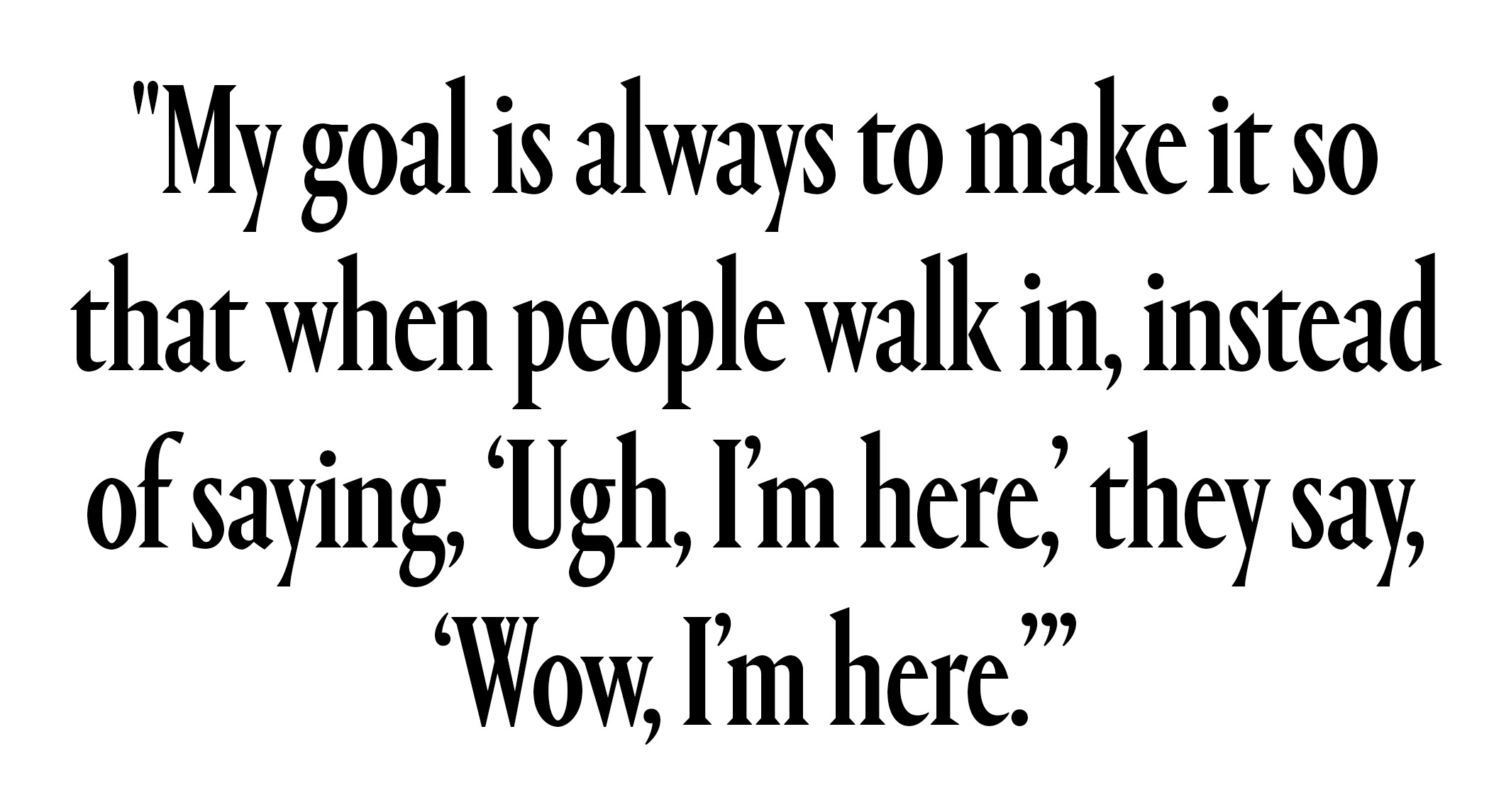
Given the connection, many modern dentist offices don’t just offer plaque removal services, but collaborate with other wellness professionals, like nutritionists, acupuncturists, nurse practitioners, or primary care physicians).
Take Apa Aesthetics and Sama, for example, who have partnered with Yana Delkhah, M.D., a functional medicine doctor who can evaluate bloodwork, prescribe semaglutide injections for the right candidate, and provide nutritional advice. Despite not being a dentist (she’s an emergency medicine doctor by trade), she can provide a level of care that you wouldn’t historically receive at the dentist’s office. “I get to teach patients about vitamins and nutrients, give them appropriate IV hydration so they can feel like their best version of themselves," she says.
Giving dentistry a chic rebrand isn’t going to happen overnight. Root canal horror stories run deep. But if dentists at the forefront of the field continue to be mindful of the spaces they create, the wellness-centric services they offer, and the physicians they collaborate with, the industry will be well on its way to shedding its sterile stereotype. In the long-term, Dr. Randhawa sees dental offices reserving the same space in the patient’s mind as a spa, acupuncturist, or nutritionist. “Dentist offices aren’t designed to be a one-stop-shop, but they should be part of an integrative care plan,” Dr. Randhawa says.
It’s certainly not how one would reflect on the “norm” for dentistry, but physicians are mostly open to the shifting standard. Longevity Docs, a global medicine group that assembles the leading thinkers in regenerative medicine and biohacking, has, for the first time ever, added a dentist to their group: Dr. Randhawa. “Tooth loss is a major predictor of longevity; if you don’t keep your teeth, you’re not living as long,” she explains. “I was bugging them to accept for years because oral health should be considered an important part of the discussion.” Giving her a seat at the table of the board shaping the most cutting-edge, forward-thinking medicine means dentistry is one step closer to being a prominent influence in the wellness space.
“Some of the old rooms are not as accepting—for sure. But they may not accept me in the first place,” says Randhawa. “It’s the new generation of dentists that are super excited for it. I believe it’s the new era of wellness.”

Samantha Holender is the Senior Beauty Editor at Marie Claire, where she reports on the best new launches, dives into the science behind skincare, and shares the breakdown on the latest and greatest trends in the beauty space. She's studied up on every ingredient you'll find on INCI list and is constantly in search of the world's glowiest makeup products. She's constantly tracking the biggest nail and hair trends to pop up in the beauty space, going backstage during fashion weeks, tracking celebrity looks, and constantly talking to celebrity hair stylists, nail artists, and makeup artists. Prior to joining the team, she worked as Us Weekly’s Beauty and Style Editor, where she stayed on the pulse of pop culture and broke down celebrity beauty routines, hair transformations, and red carpet looks. Her words have also appeared on Popsugar, Makeup.com, Skincare.com, Delish.com, and Philadelphia Wedding. Samantha also serves as a board member for the American Society of Magazine Editors (ASME). She first joined the organization in 2018, when she worked as an editorial intern at Food Network Magazine and Pioneer Woman Magazine. Samantha has a degree in Journalism and Mass Communications from The George Washington University’s School of Media and Public Affairs. While at GWU, she was a founding member of the school’s HerCampus chapter and served as its President for four years. When she’s not deep in the beauty closet or swatching eyeshadows, you can find her obsessing over Real Housewives and all things Bravo. Keep up with her on Instagram @samholender.
-
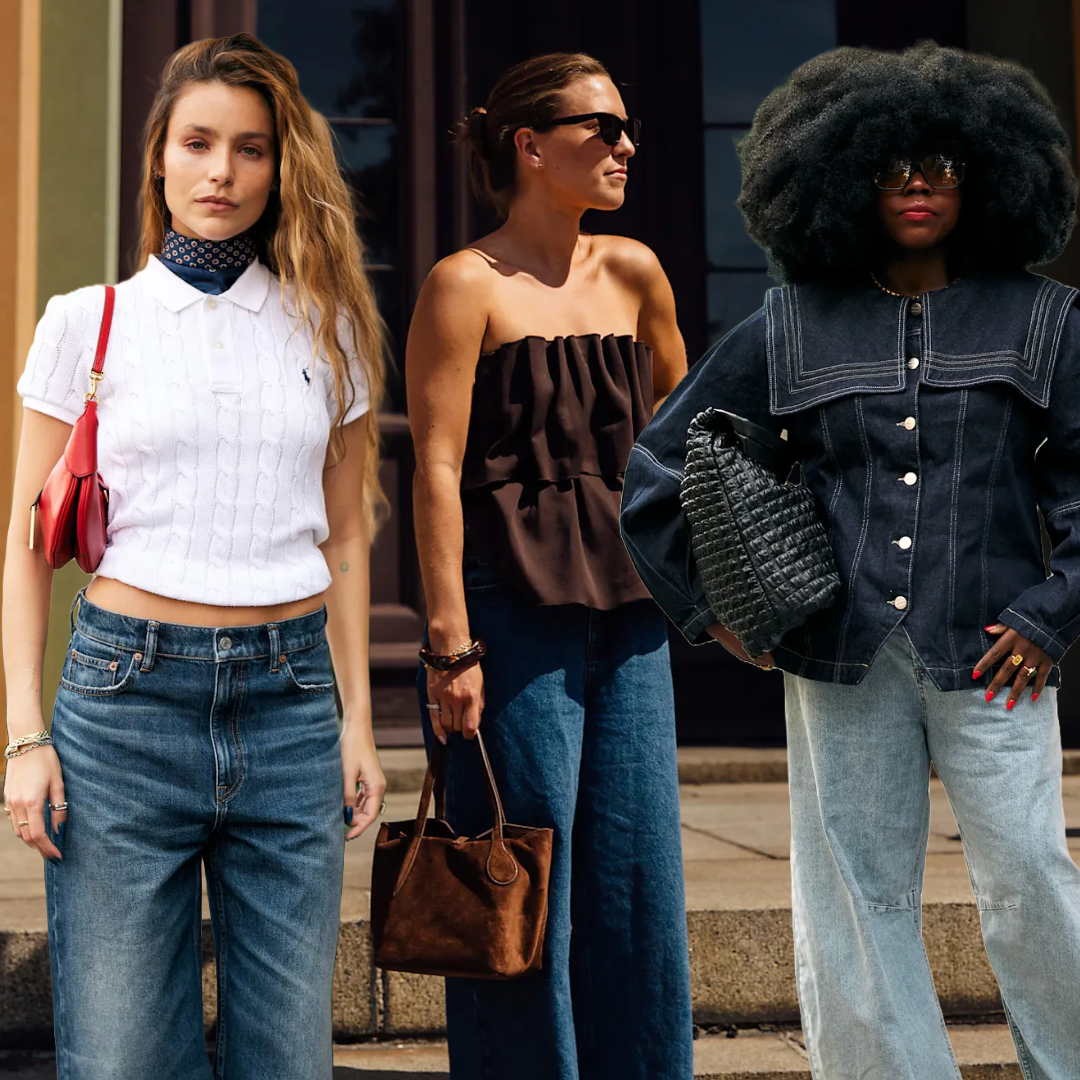 This Is Your Shortcut to Easy Summer Style
This Is Your Shortcut to Easy Summer StyleThe classic outfit formula got a revamp.
By Julia Marzovilla
-
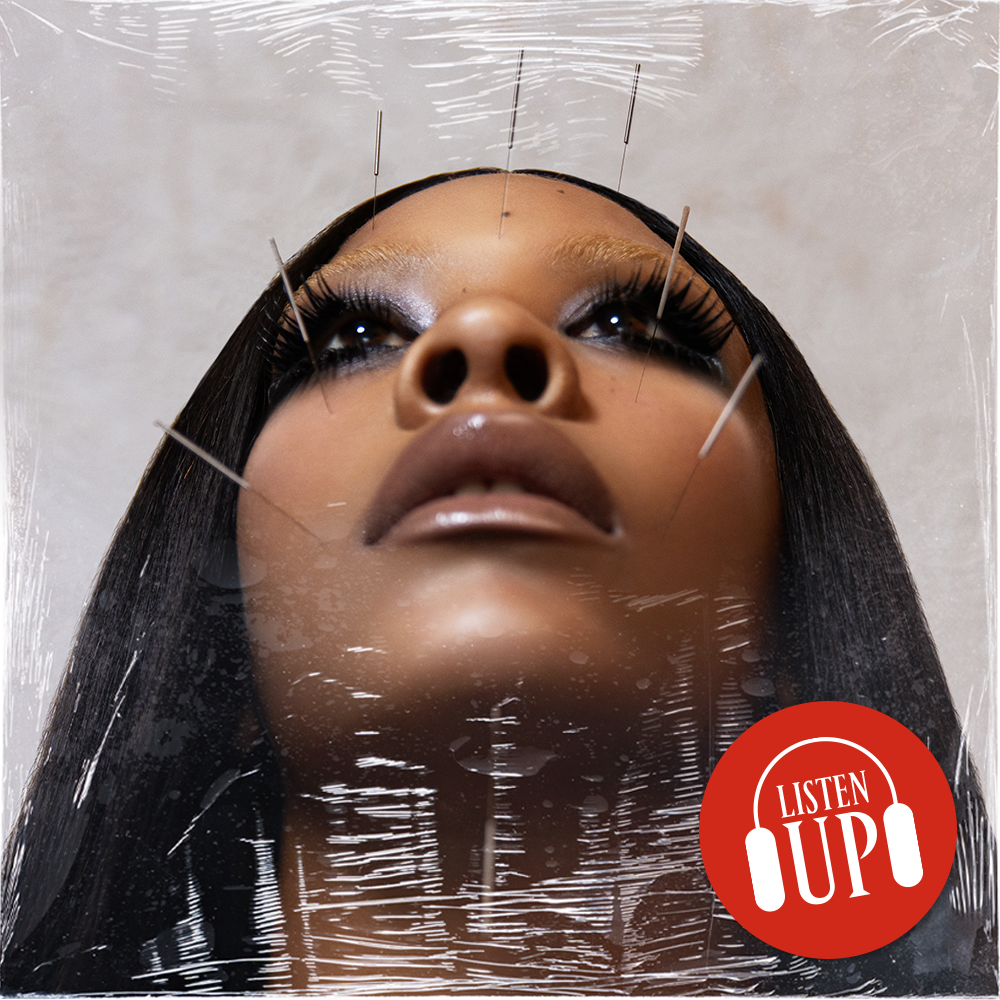 Rico Nasty Shares What Music Shaped Her—and What's on Her Playlist Now
Rico Nasty Shares What Music Shaped Her—and What's on Her Playlist NowWith her new album 'LETHAL' coming soon, the rapper opens up about her musical preferences for the 'Marie Claire' series "Listen Up."
By Sadie Bell
-
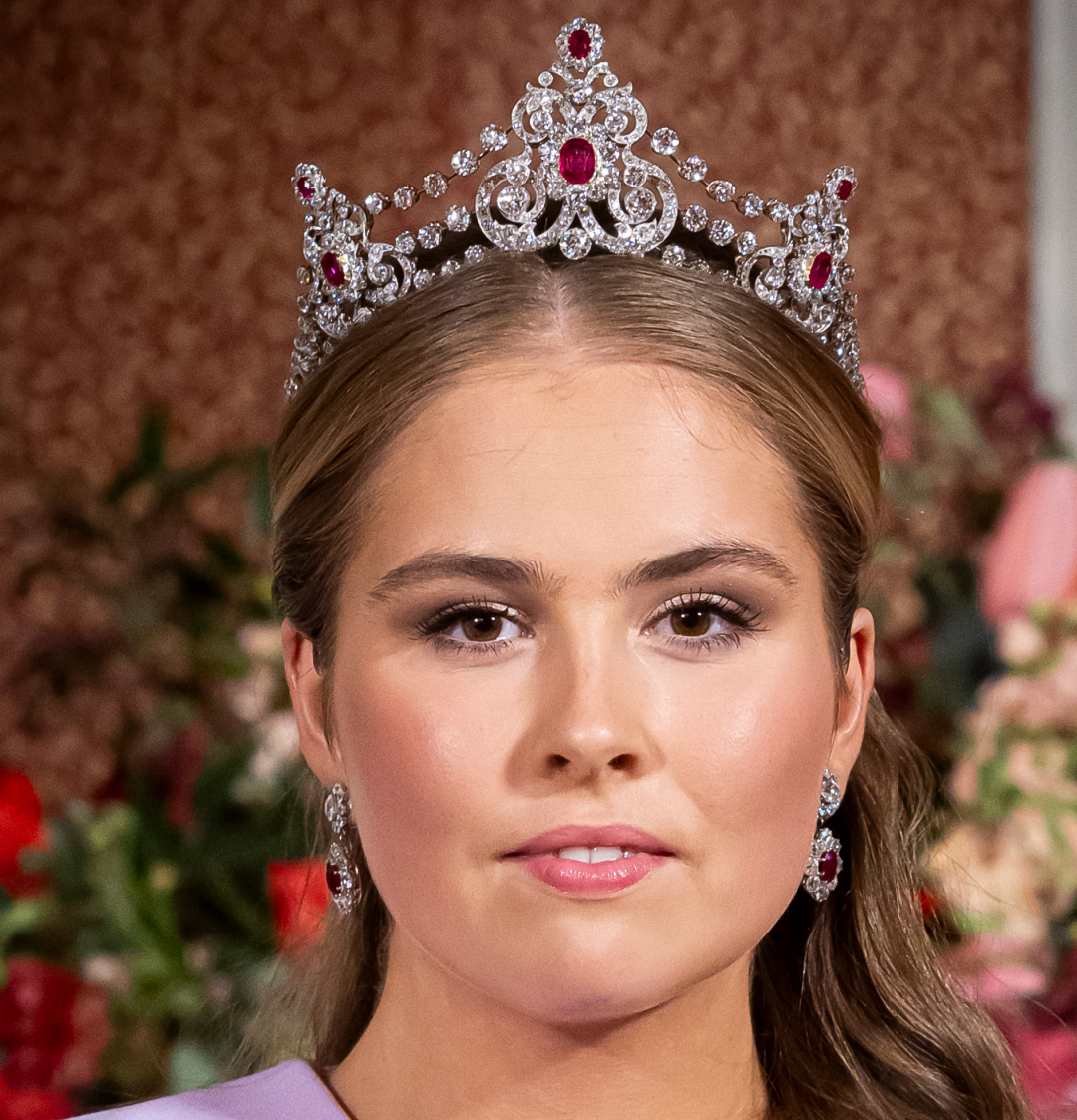 The Future Queen of the Netherlands Wore the Same Tiara She Used to Play Dress-Up In as a Child
The Future Queen of the Netherlands Wore the Same Tiara She Used to Play Dress-Up In as a ChildIt was a full-circle moment for Princess Catharina-Amalia, who admits, "I love tiaras."
By Kristin Contino
